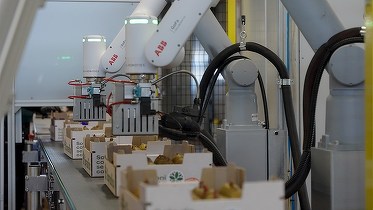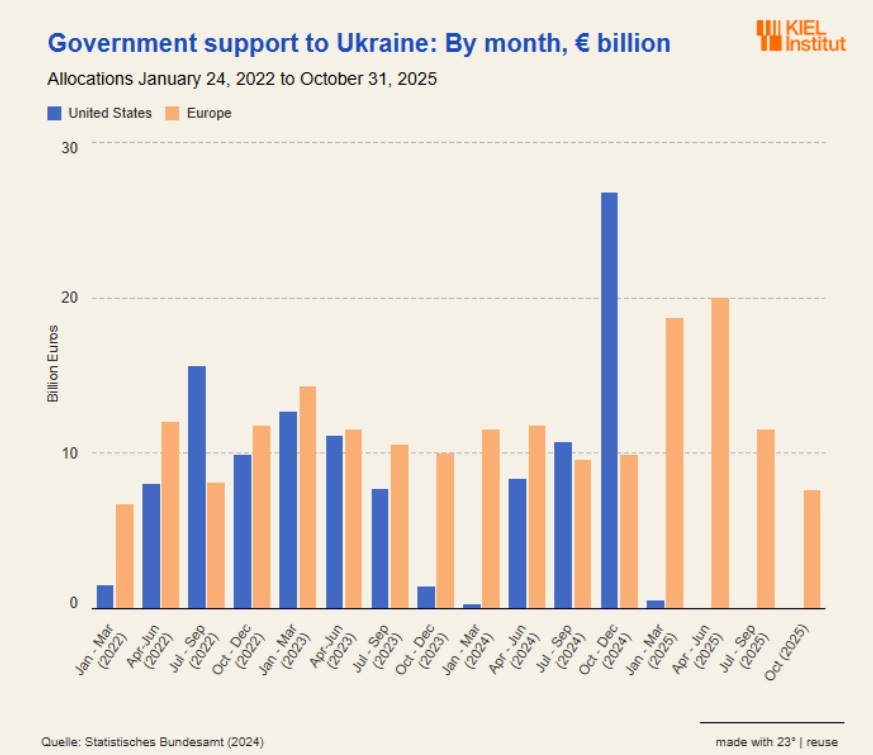Introducing ‘Exporting Romania’
The ‘Educated Romania’ slogan has correctly identified a pressing problem, generated almost complete national consensus for taking urgent action – and in the end never left the talk-show studio. These days, a new slogan is taking shape in the public consciousness: “Exporting Romania”.
If this rising awareness isn’t directed towards concise, reasoned, and taught-out initiatives it will either languish feverishly on TV screens or be misdirected towards counter-productive action, much to the loss of the country itself.

Understanding ‘Exporting Romania’
‘Exporting Romania’ correctly identifies a pressing problem: Romania isn’t exporting enough. Romania's current net trade in goods and services stands at a negative USD 19 billion, not far off from a historical minimum of USD 21 billion in 2008.
Unfortunately, this is usually described in terms of needing to import less and ‘Buy Romanian’ but this is misguided: most economies that focus on exports are also economies that import a tremendous amount. For example, Vietnam, whose exports in 2022 amounted to 94% of GDP, also imported almost 92% of GDP. What honestly matters from an economic perspective is what those imports are for and what the economy uses them for. Ultimately, one wishes to be closer to Japan, which is currently carrying a trade deficit and imports over 25% of GDP rather than Angola, which actually imports less than Japan in GDP terms and enjoys a net trade surplus of USD 21 billion.
In the case of ‘Exporting Romania’ this crucial matter is almost ignored because it makes public relations sense to do so: instead of asking why a developed economy can’t produce reasonable TVs, it pits those who can’t afford the latest models against those who presumably laugh while watching pensioners on their new 200 cm QLEDs.
Instead of allowing ‘Exporting Romania’ to go that route, let’s focus on what Romania can be good at. Let’s focus on what Romania can go with at a trade fair and sincerely say: “We’re really good at this. Buy from us because they’re Made in Romania.”

What The Numbers Say
First, let’s ignore received wisdom and look at the actual numbers: consumer goods imports aren’t the main problem. What is the main problem is the failure to capture more value-add in intermediate goods.
Romania does import more consumer goods than it exports, but not by much: in 2021 it imported USD 39 billion worth of goods and exported USD 32 billion worth. The difference of about USD 7 billion amounts to only about 25% of the USD 28 billion difference between exports and imports. Where the problem does show up is in intermediate goods and services: Romania imported USD 29 billion of intermediate goods and exported USD 16 million worth: a USD 13 billion difference which is almost double the difference for consumer goods.
This indicates that Romania isn’t capturing enough value-add in supply chains. For example, imagine a Dacia: Romania imports a lot of high-value parts, such as the engine, exports some such as ignition wiring (Romania’s second most important good export), and ultimately doesn’t export enough off-the-ramp Dacias to make up the difference.
What Romania Can Be Good At
Now, let’s ask what Romania can be good at, capture significant parts of its supply chain, and export successfully to make up the difference.
First, services. This is often overlooked, but it is a bright spot: Romania exported USD 38 billion of services in 2022. This is important because services are often scalable faster than manufacturing, Romania enjoys a trade surplus and seems to have a competitive advantage against regional partners such as Hungary or Slovakia. Furthermore, USD 9.8 billion of those USD 38 billion represent ICT service exports, at a healthy near 26%.
Secondly, ICT goods. Currently, ICT goods amount to only 3% of exports – declining from a high of 8% in 2010 and even lower than 2000’s 5%. That’s partially because exports in absolute terms increased significantly after 2008 and many ICT products get classified as services: Romanian developers seem better at assisting German software than making brand new ones. This points to a significant potential for Romania’s 212,000-strong IT industry to live up to its potential, and develop own-brand products to increase its 7% percentage of Romanian GDP.

Thirdly, textiles. Romania actually has a trade deficit in terms of textiles yet it has notable potential because of the significant market share it carries in many countries it exports to: over 11% of textiles imported in Italy come from Romania, with figures close to 9% for the United Kingdom and Belgium or around 7% for Denmark and Switzerland. This primarily comes from sub-contracting from established retailers in these countries but there is little to stop Romania following in Turkey’s footprints to develop its own brands and capture more of the value in supply chains.
Fourth, agriculture. Currently, it may be said that Romania is punching well below its weight in agricultural exports and that is at least partially because of the post-Communism decision to split lands into small parcels to reverse collectivization. This meant that adapting to contemporary, capital-intensive agriculture was not an option for many farmers as the costs could not be distributed over large holdings. However, the land itself is still very much there, and with that the potential for increasing yield. Plus, things are changing, albeit slowly: Romanian crop yields were close to 30%-50% lower than European Union averages, and worker productivity was about 25% of the average because of those small, labor-intensive farm structures.
Takeaway
The root cause of Romania’s trade deficit isn’t some kid getting a new laptop for Christmas. It’s the fact that Romania isn’t capturing enough value in supply chains. A lot of that is simply because Romania isn’t developing home-grown brands to compete globally. If the new public narrative of ‘Exporting Romania’ is directed constructively towards building those brands in strategic industries, it could be one of the best things to happen to the nation in years. Else, it will probably languish on talk-show sets and end up another ‘Educated Romania’.
Radu Magdin este CEO al Smartlink Communications și consultant și analist de risc (geo)politic













































